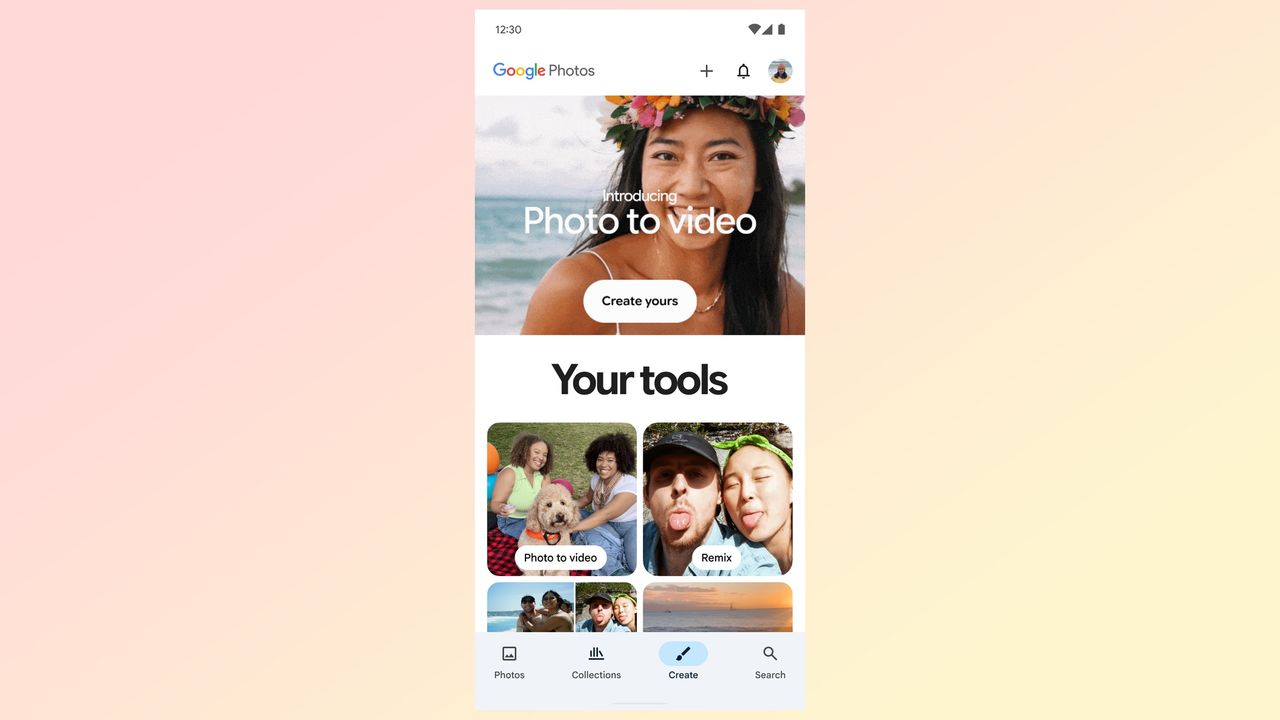YouTube and Google Photos Embrace AI: Transforming Images into Videos and New Creative Tools
Author: Tech Insights Team

In a significant technological advancement, both YouTube and Google Photos are embracing artificial intelligence to enhance user creativity and engagement. Users can now convert their static images into dynamic videos, providing a new dimension to both personal expression and content creation. This shift not only highlights the capabilities of AI but also signifies a substantial evolution in the way digital content is created and shared.

Image-to-video feature allows creators to turn pictures into short, engaging videos.
YouTube Shorts has introduced an innovative image-to-video AI tool that enables users to create six-second videos from their photos. This tool aims to transform the way creators utilize their photo libraries, making it easier to share memorable moments in a more engaging format. Coupled with new AI effects, creators can further personalize their videos, adding effects and styles that resonate with their unique branding.
Meanwhile, Google Photos is rolling out features that allow users to remix their photos into various artistic styles, such as comic book visuals or anime aesthetics. This creative functionality encourages users to explore diverse visual narratives, turning everyday pictures into captivating digital artwork. By integrating generative AI, Google Photos is not only enhancing the way users experience their memories but also making digital creativity accessible to everyone.

New features in Google Photos allow users to remix their photos into different styles.
The integration of AI into these platforms is more than just a trend; it's a reflection of the growing need for tools that bridge the gap between technology and creativity. With these advancements, users can easily access powerful AI capabilities that would typically require advanced technical skills. As a result, enthusiasts and professionals alike are empowered to produce content that stands out in the crowded digital landscape.
Moreover, the implications of these AI-driven features are vast, touching on areas such as marketing, social media strategy, and personal branding. Content creators can capitalize on trends easily by producing high-quality videos from their photos, potentially increasing engagement on platforms like YouTube and Instagram. Businesses may find this particularly beneficial, as they can create promotional materials with a professional edge without the need for extensive resources.

Google's new AI-driven features democratize creativity, allowing everyone to produce quality content.
As both platforms introduce these features, it raises questions about the future of individual creativity in an AI-influenced world. While the integration of AI simplifies many processes, it also presents the challenge of maintaining originality. Users must navigate their personal creativity alongside the offerings of AI, ensuring their work reflects their unique perspectives rather than overly relying on generative models.
Furthermore, privacy concerns are more prominent as technology integrates deeper into personal lives. Users will need to understand how their images are being used and the extent of their digital footprint as these AI tools evolve. Transparency about data usage and security protocols will be crucial as the landscape of content creation continues to evolve.
In conclusion, the advancements introduced by YouTube Shorts and Google Photos signify a pivotal moment in the convergence of AI and personal creativity. By empowering users to transform images into videos and remix those memories into various styles, these platforms are democratizing digital content creation. As technology continues to evolve, the intersection of creativity and AI will likely shape the future of how we capture, share, and experience memories.